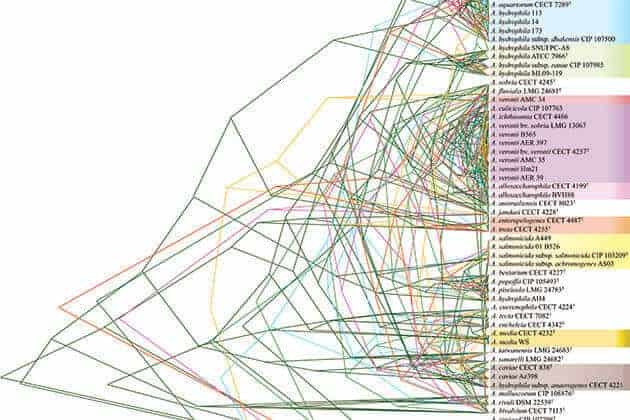Paolo Bocchini believes that there’s a hidden gem in Lehigh’s academic portfolio, and with colleagues from across campus he’s working to shine a light on this emerging research field.
Probabilistic modeling allows scientists and researchers to incorporate random variables and uncertain functions into their models of events or other phenomena. Whether designing an insurance portfolio, determining the life cycle of a transportation system, or calculating the likelihood of a pandemic, such models allow researchers to take into account the many uncertainties that influence the outcome of a given situation.
Bocchini, the Frank Hook Assistant Professor of Structural Engineering, believes that a shift is happening in this field; it’s not unlike the one that happened 30 years ago in computational modeling, he says, and Lehigh is positioned to help lead the way.
“If you look back just a few decades, there were scientists and engineers using computers to model phenomena in various fields, but these efforts were centralized, and involved only a limited number of specialists,” he says. “Nowadays, it is difficult or impossible to find a professional engineer, scientist, or researcher who does not engage in computational analysis, to some extent. It permeates everything.”
Here at Lehigh, Bocchini began to see colleagues from different departments discussing various aspects of, or perspectives upon, the use of probabilistic modeling; he perused faculty profiles on the Lehigh Web, and very quickly found more and more research around campus that relied on the application of the same principles.
“Probability theory and its applications are not just topics covered in dedicated graduate courses,” he says. “They have started to percolate across many courses and departments. It wasn’t hard find probabilistic modelers in all departments with very diverse areas of application.”
Bocchini sent out a few exploratory e-mails to gauge interest in collaboration from these colleagues, and shortly thereafter, Lehigh’s Probabilistic Modeling Group convened for the first time.
Bocchini says it started with seven faculty members from six departments. Their initial goal was to coordinate teaching activities to provide students with the most effective means of learning the broad concepts of probabilistic modeling, regardless of their major.
“Of course, we are educators and researchers, so inevitably the meeting delved pretty deeply into the intersection points among our areas of research,” he says.

